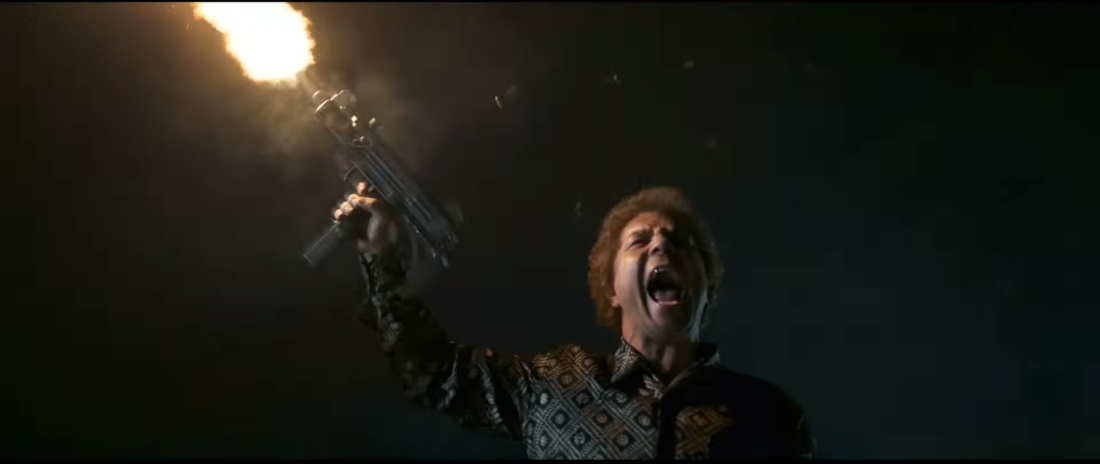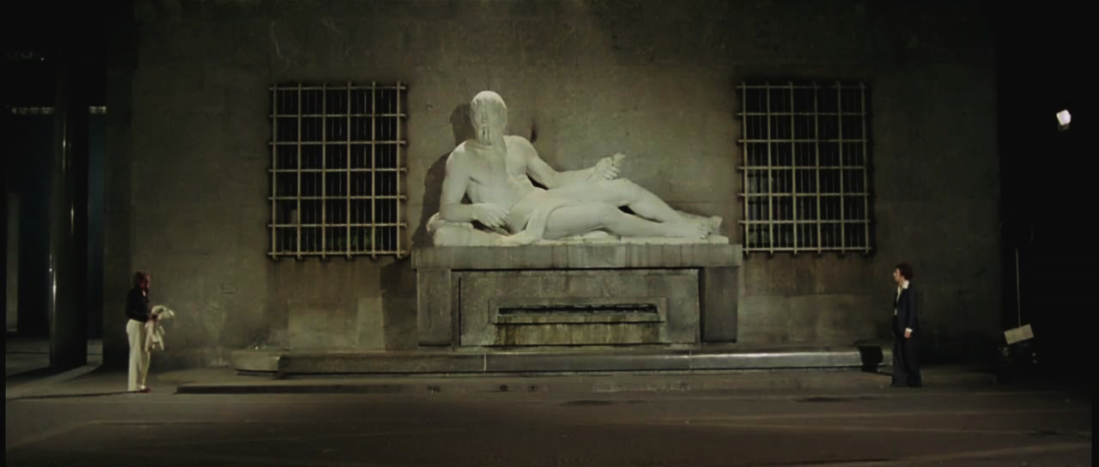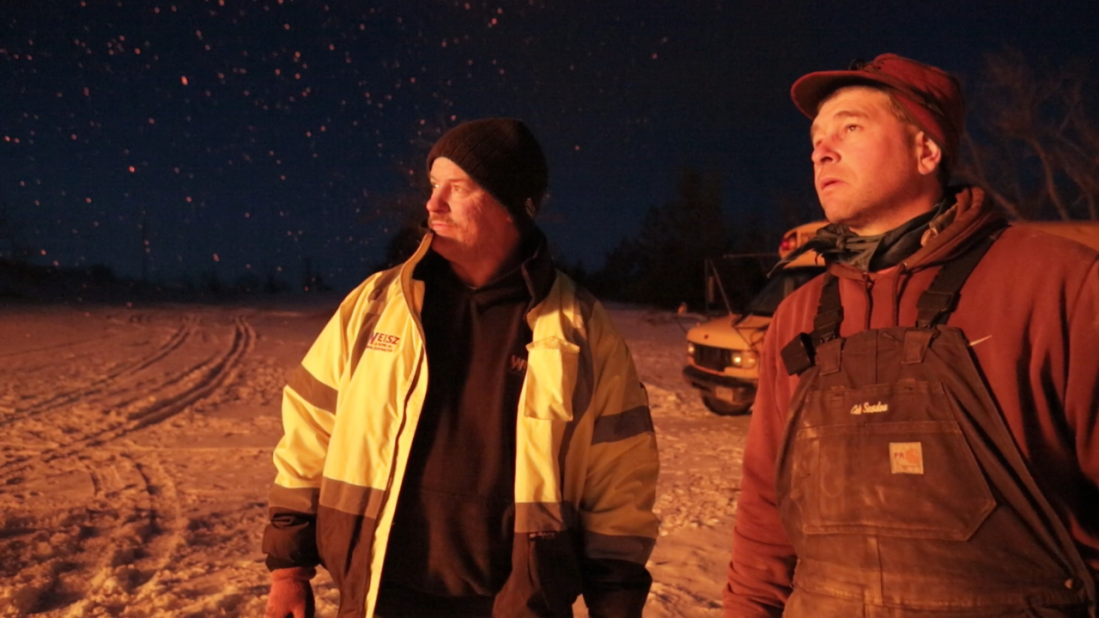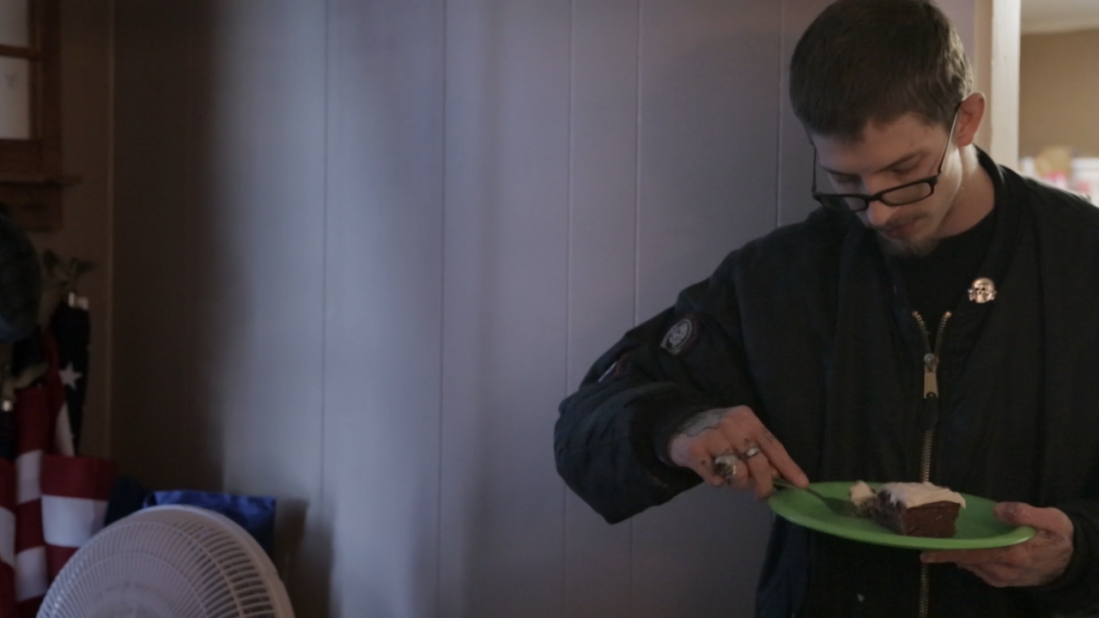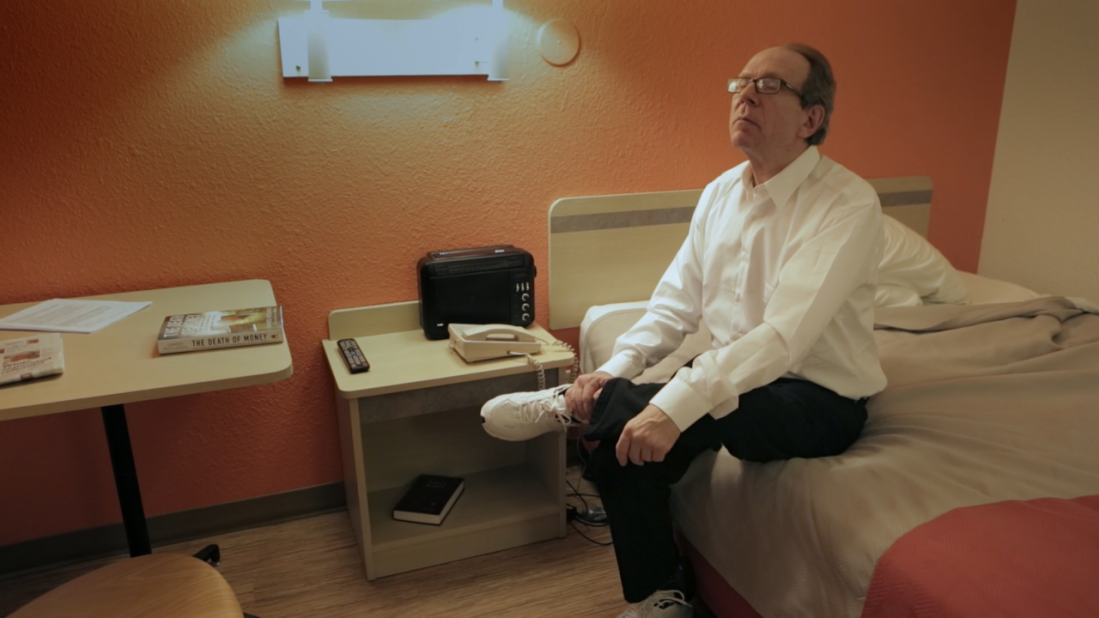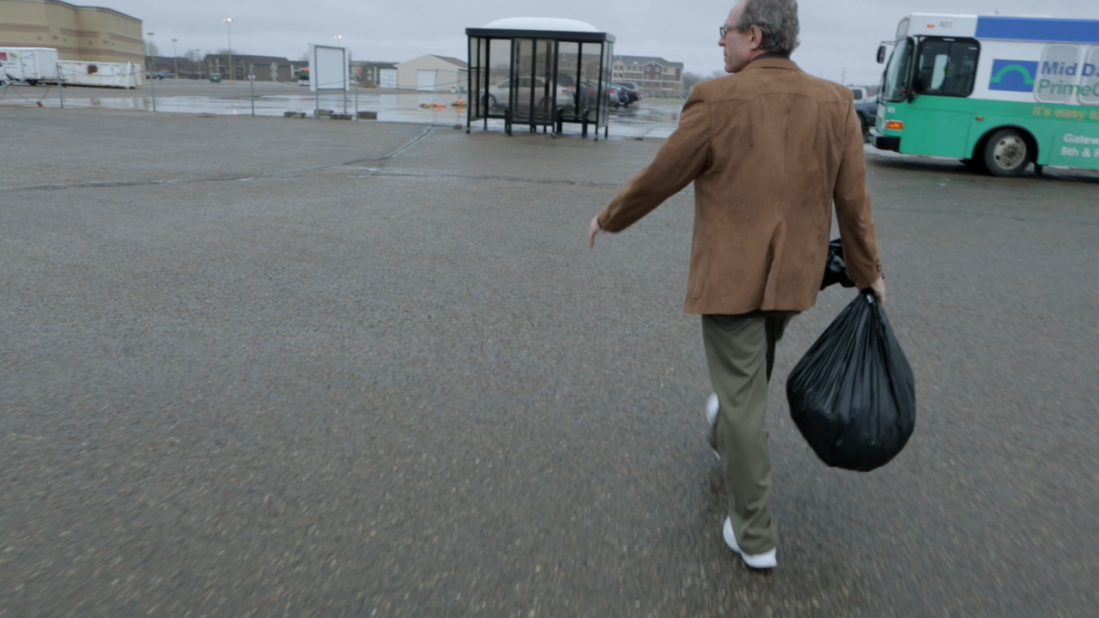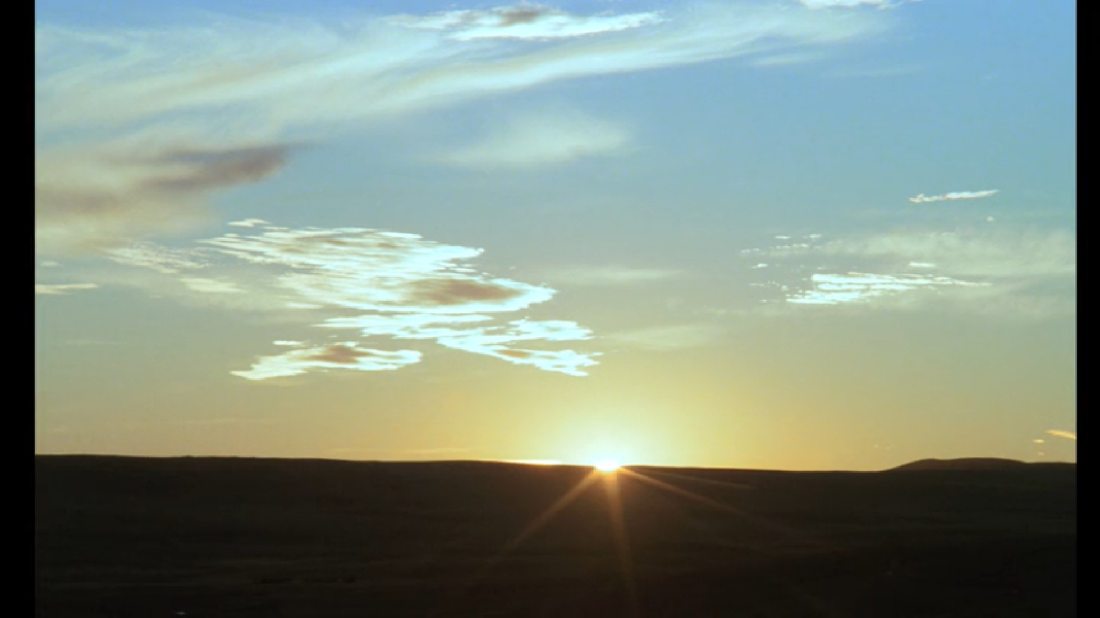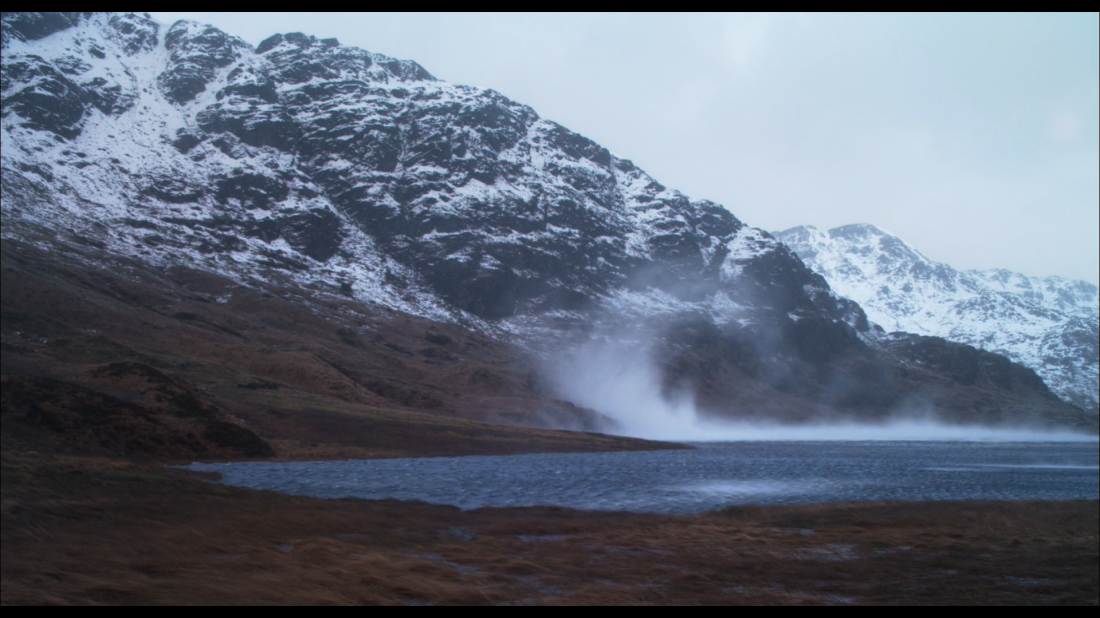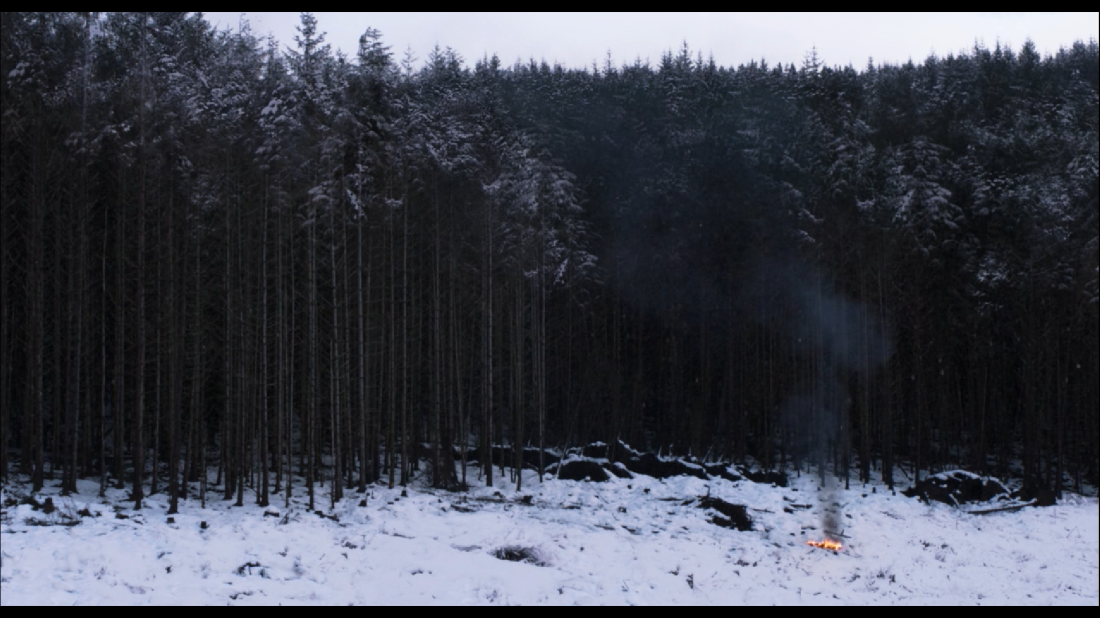Irreversible is the first film I’ve watched by Gaspar Noe and wow it’s made an impact. Starring Vincent Cassel (fantastic in La Haine) as Marcus, Monica Bellucci as Alex and Albert Dupontel as Pierre. The performances are all great, the film making’s fantastic, but half way through I had to WALK OUT just to show Mr Noe where he could stick it. You might be able to spot me in the crowd.
“IT’S THE END OF CINEMA” “I HAVE A MORAL COMPASS”
But the fact that these nerds had objections to a 10 minute rape scene as the centre piece of a feature film is understandable no? I saw this comment underneath the video.

In spite of the Cannes cinema audience’s general track record of taking ‘melodramatic’ to unchartered extremes, I don’t think this is an example of the classic template: ‘conservative meets progressive art’ as that insightful Youtube comment suggests. Sometimes, you can make a good case for following knee-jerk reactions like this, and I’m guessing the man behind it would agree. But we’ll come back to all this in a tick.
Irreversible is a story of a woman’s rape told in reverse, where the attempted vengeance by two men, Marcus and Pierre, is followed by their journeys up to that point. The plot structure keeps the motivations behind their actions ambiguous, until the characters are built in reverse order, as character traits and key information is uncovered. This has the brilliant effect of allowing the film to begin chaotically and then mellow down to something richer, which is normally the opposite of what you’ll find in *yawn* chronological films. After the rape, we go back to the party Alex left, the journey her, Marcus and Pierre take to it, and finally back to her flat. It’s a story about sex, violence and consequence. But I haven’t talked about what it all actually looks like yet! And that’s the best bit, so…
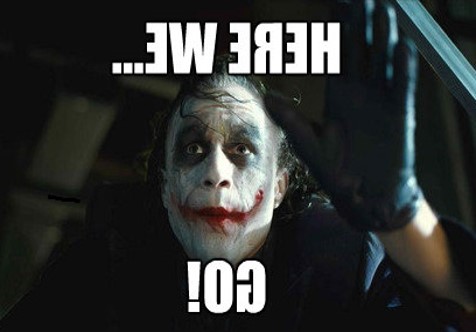
If you haven’t seen it. The camera’s probably what’s going to set the film apart for you. It floats and spins like a gyroscope, in sometimes random, sometimes deliberate movements like a phantom. At times you feel like your eyes have been hijacked, you’re on a very long roller-coaster, twisting through events which are hard to predict. At others, while your eyes are still transfixed, events are easy to predict and the camera stays still. Like a camcorder, there’s also a lot of digital noise which makes details within the darkness hard to make out, and largely contributes to the grimy, rough-honed aesthetic. The paring of this visual choice with some very unconventional camera movement puts a new twist on a look you’re probably familiar with from low-budget assorted indie and horror films from around the same time. So even though the movements are alien, there’s something about the camera quality which makes situations feel real, a bit like Friedkin’s ‘documentary aesthetic’ from the French Connection, Irreversible shows the capability to jump between realism and surrealism. (A quality of David Lynch’s work I like a lot).
There’s also a lot of animated digital cropping going on, in case you weren’t dizzy enough. In common with movies like Birdman, Irreversible mimics a continuous shot, and a continuous movement, hiding cuts in flat textures and whip-pans. This infers continuity where it doesn’t really exist but, then again, it’s a valid way to navigate an unavoidable problem if you’re gonna go with this narrative structure.
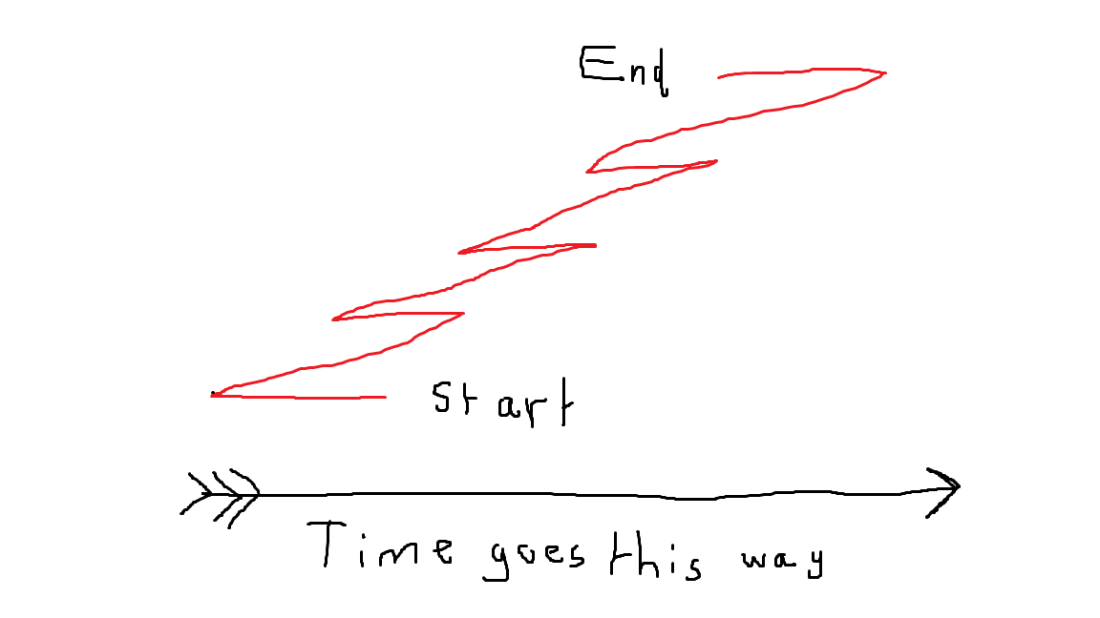
Now, the meaning of the film is where Irreversible falls down a bit for me, because [SPOILER] if you’re going to pull that “It was all a dream” shit on me, then I should look back and discover new things about the characters that flesh them out somewhat, given this new context. Mulholland Drive is the best example of a film which clings to your mind in this way, but Gaspar left me high and dry here for a number of reasons.
And that number is 2
Here are too reasons Gaspar left me high and d r y !
1. My current theory on the ending of Irreversible is that we’ve exited the premonitions of Alex and Marcus’ minds, but our main focus is on Alex’s experience.
Alex either chooses not to go out based on her premonition, or because she finds out she’s pregnant – conception being one of these notionally chaotic events in life. Or it could be a combination of the two, whereupon her pregnancy sheds new light on how she’s exploited as a sex object throughout her part of the film.
There’s also another possible fork here, she could have made the choice not to go, or it could be that ‘Time’, by some mysterious power of will, has erased our timeline, scorched earth style, to start a new one.
Two shots, one at the beginning and one at the end could support this, the first moves clockwise and the other moves anti-clockwise from a birds-eye view. Which implies that time is physically reversible, whereas concurrently, the emotional impact of the rest of the film, for Alex and us, is irreversible (we did it bois).
Now, generally I’m a fan of open-ended films but the trouble with this is that there are too many options and I’m not a fan of any of them because there’s no definitive point where time changes or ‘destroys’ itself.
2. IFFF the characters are inside a dream side-characters may represent slightly exaggerated versions of themselves within Alex’s and Marcus’ mind, but it’s not clear if we’re in nightmare reality or an eerily real dream because some characters are as real as the next, while there are others who are full on 10/10 whacky.
But… but…
Am I just becoming the narrow-minded reactionary like them there French people from the beginning of our journey?
Is it – *gasp* – exploitation? To film a woman being raped and then in the nude? The horror of that moment is undeniable and real, there’s no ‘male gaze’, just an uncompromising presence, I don’t think that’s exploitative. I think it is unnecessary to have a sex scene afterwards though, even if it does underline certain themes.
Then is it objectionable to include a ten minute rape scene in a film at all? Well it depends who sees it, but yeah, I think it’s actually quite important to portray something as taboo as rape in an objective way, and the fact that it’s filmed in such jarring contrast to normal physical violence is a testament to that intent.
Those festival goers found it horrifying because rape is horrifying, if that makes you kick up a fuss, fair enough I say.
This all assumes that Irreversible had some real-world benefit to womankind which can’t verify, maybe the film’s only lasting effect has been to inflate the name of Gaspar Noe.
But emerging from these thicketed thoughts, Irreversible is an unforgettable film, I found the drama and delivery extremely captivating and I recommend it to anybody with thick skin and an iron stomach.
8/10


